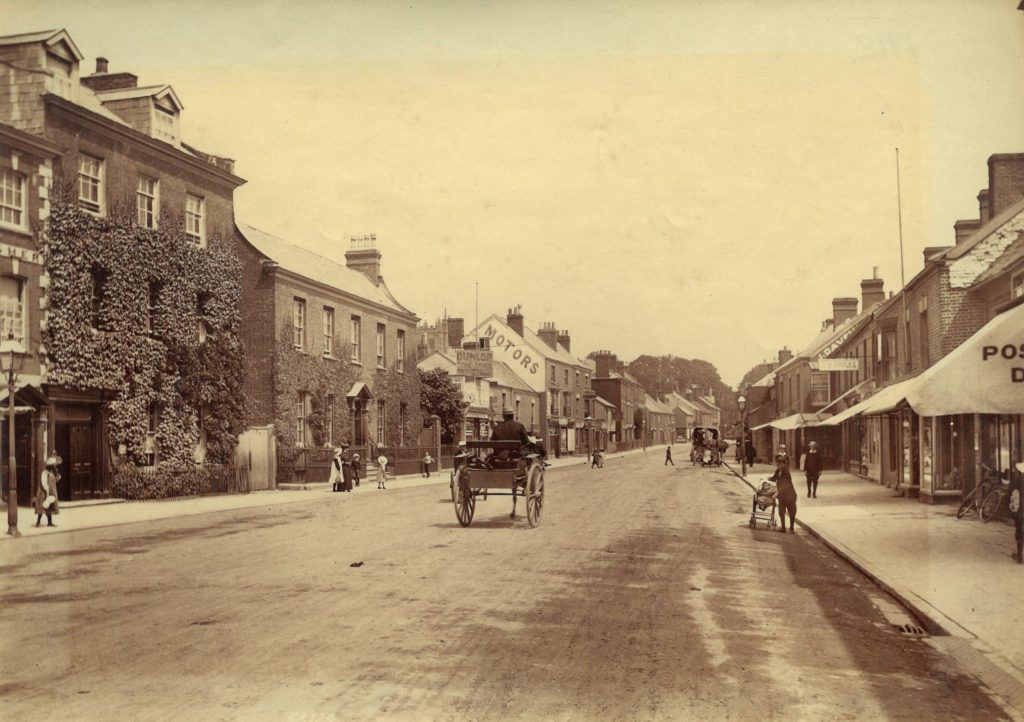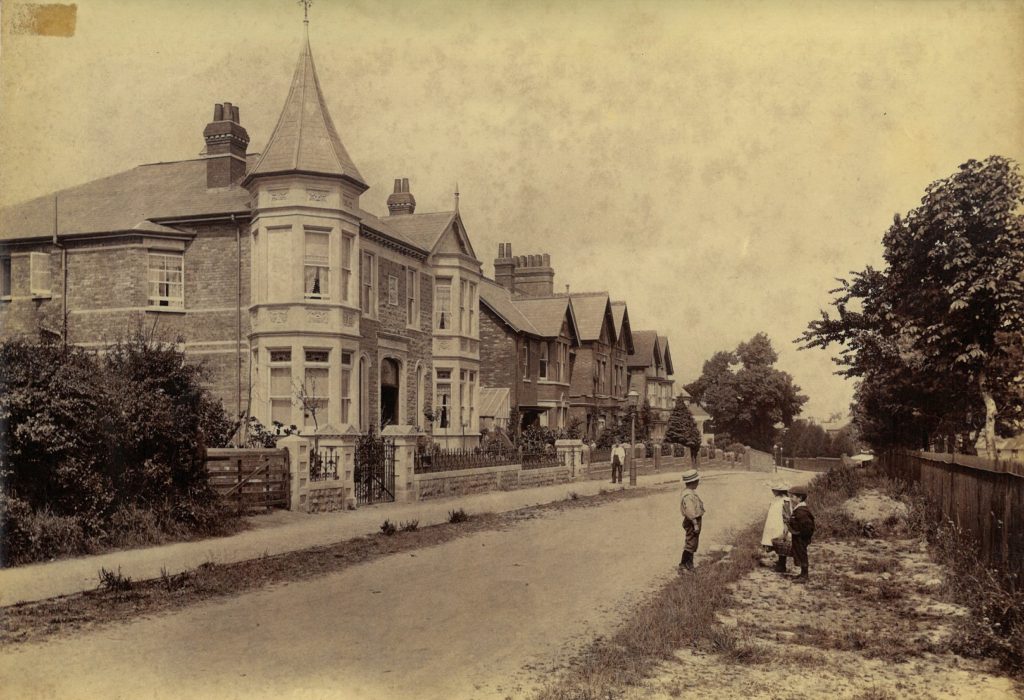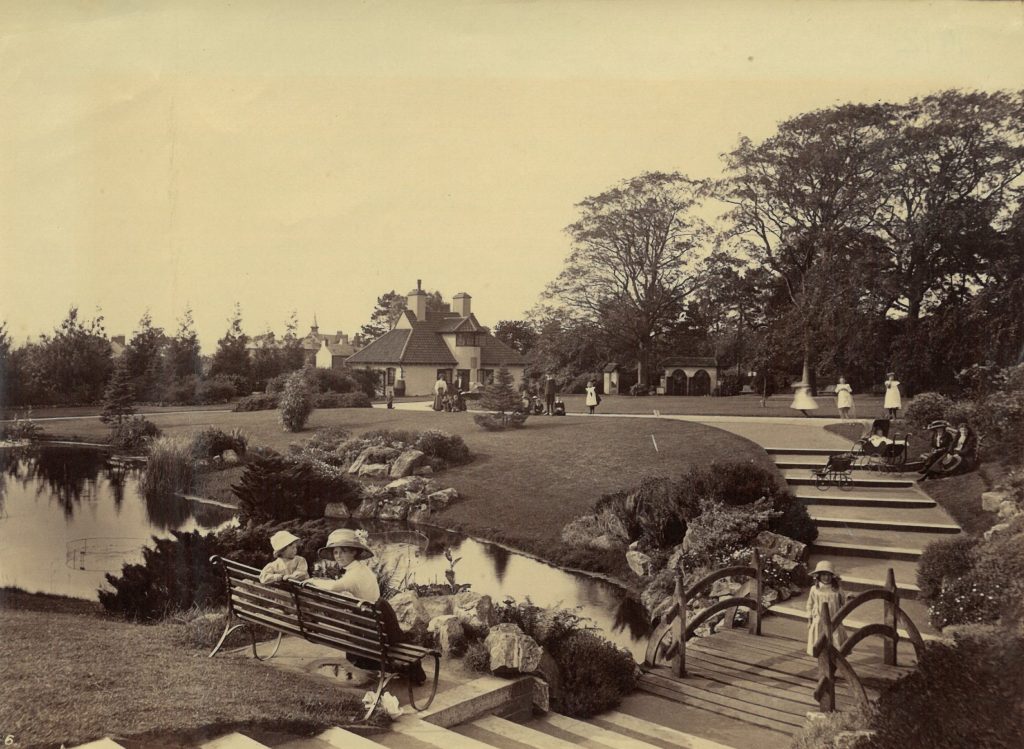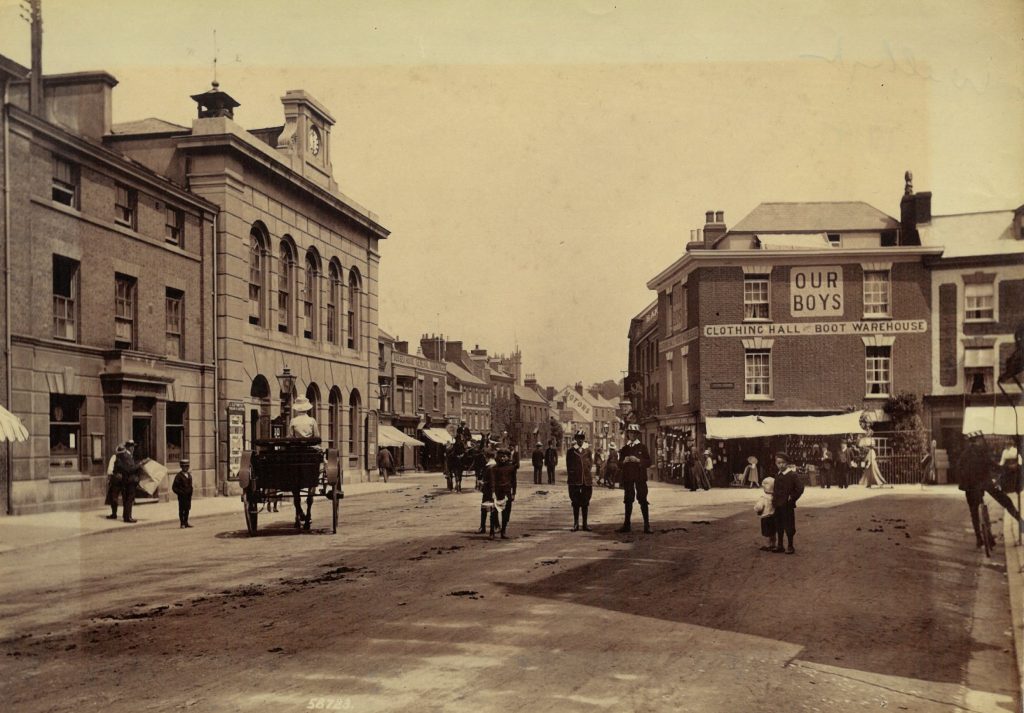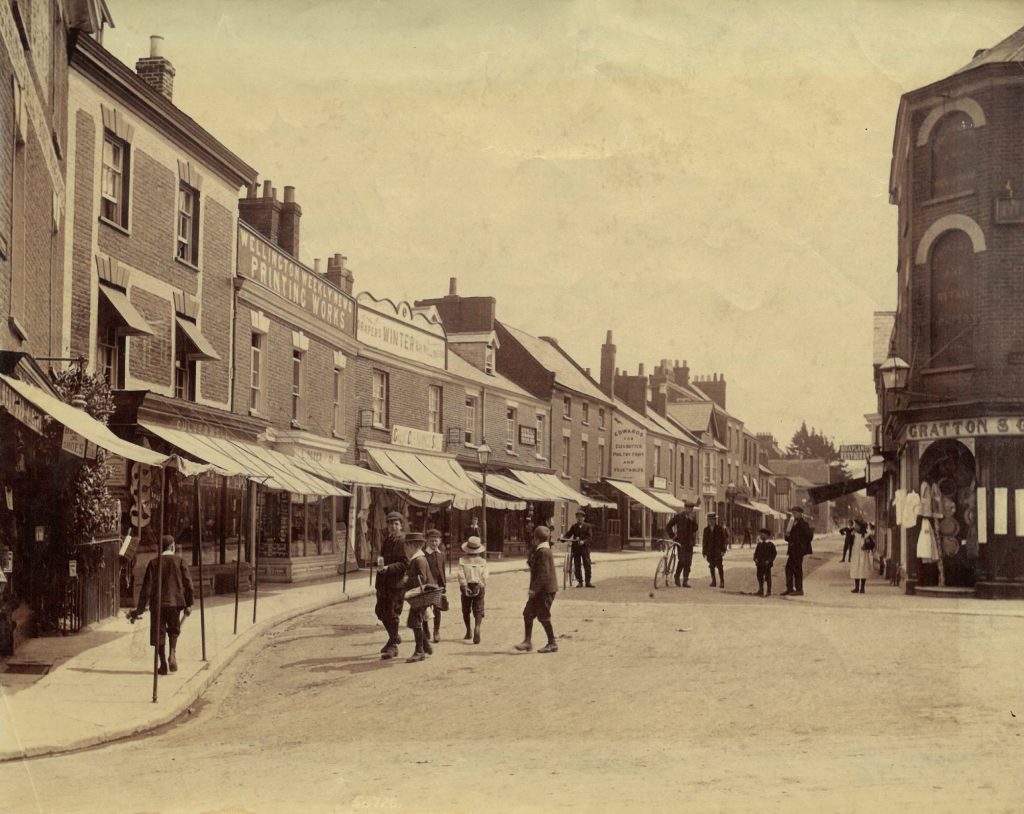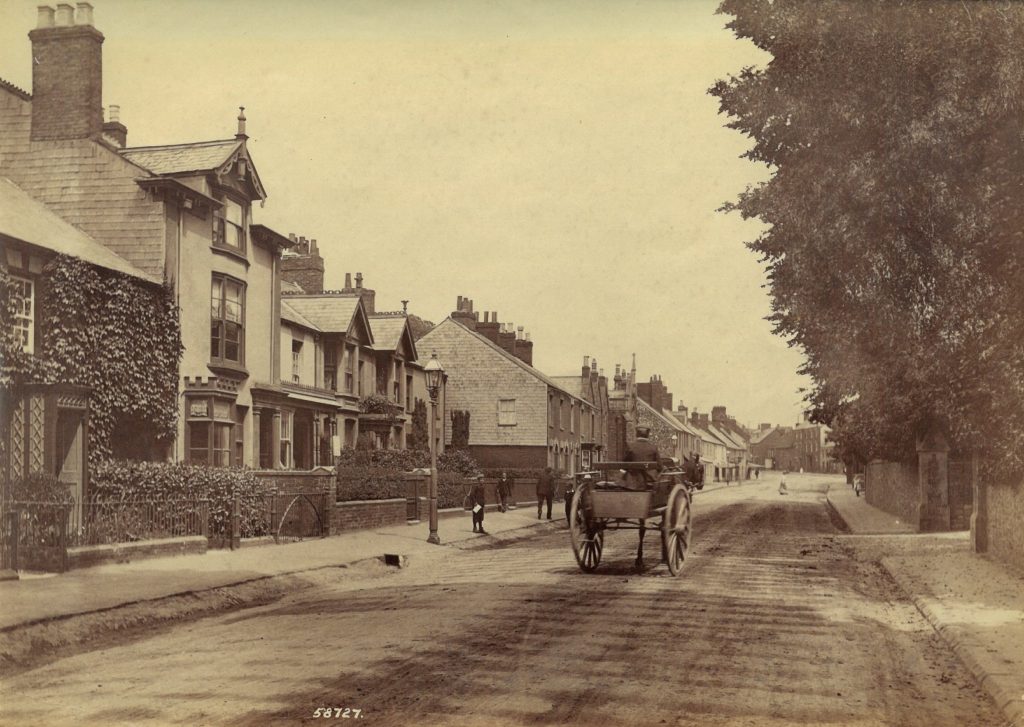Please visit the Friends of Wellington Park Facebook page for more information.

History of Wellington
Pre-history and Roman Britain
Wellington and the areas surrounding it may not be considered a hub of Bronze Age archaeology but finds have been made from this period including flint tools, bronze age metalwork, and even crop marks that indicate prehistoric enclosures. These all point to occupation in the area as far back as 5000 years ago.
The Roman occupation of Britain ran from 43CE until 410CE with Somerset being part of the empire for almost the entire duration. Most Roman activity in the South West is focussed around Bath to the north east and Exeter to the south west but there have been archaeological sites throughout the area, especially along the historic Fosse Way. Wellington only has some pottery shards and a single coin in terms of artifacts but even these sparse finds indicate that Romans were in the area, however briefly.
The Middle Ages
The earliest written record of Wellington is in a document dated 909CE which transferred the town to Bishop Asser. At this time the town was written as Weolington, possibly meaning ‘wealthy estate’ or ‘temple clearing’.
The town is mentioned in the Domesday Book of 1086 with the name Walintone with a recorded population of 158 households, a large number for this time period. The Domesday book was created by order of William the Conqueror to record all taxable land in England.
In the 12th century, the first parish church, then dedicated to St Mary, now to St John the Baptist, took shape. The church still stands although most of the building dates to the 15th century.
In 1215, a royal charter granted Wellington town status and it continued to grow as a centre for trade on the road from Bristol to Exeter.
Prior to the building of new homes at Longforth Farm estate in 2013, evidence was found of a medieval building complex that was occupied from the 12th – 14th centuries. These buildings appeared to be of high status and may have belonged to the Bishops of Bath and Wells.
There is not much further documentation from this period and many of the buildings in town occupy the same sites where medieval buildings may have once stood meaning that much evidence has been lost due to continuous demolishing and rebuilding.
Wellington House, the English Civil War and the Monmouth Rebellion
The next period of history that features Wellington is the late 16th century when Sir John Popham, Speaker of the House of Commons from 1580 to 1583, had a grand house built on what is now the Playing Fields.
Sir John, born near Bridgwater, had a long and successful political career that saw him rise from MP for Lyme Regis in 1558 to becoming Lord Chief Justice of England in 1592. He was buried at St John’s Parish Church where his impressive memorial still stands to this day. His house was destroyed by fire during a Civil War skirmish in 1645. Wellington tended to side with the Parliamentarians in that conflict and the house was used as a garrison.
Forty years later three local men were executed on the orders of Judge Jeffreys as a result of their support for the Duke of Monmouth at the Battle of Sedgemoor in 1685. These executions were part of a set of trials known as The Bloody Assizes that punished those who took part in the Monmouth Rebellion. In total, approximately 320 people were hanged, 800 were sent to Barbados, and hundreds more underwent corporal punishment, fines, and imprisonment.
The Woollen Industry and the Industrial Revolution
From the late 17th century, Wellington started developing a wool-making reputation. By the middle of the 18th century the Were family, who had moved from east Devon, were prominent in organising the various stages of woollen production from their site in South Street.
In the late 18th century Thomas Fox, a grandson of Thomas Were, became the sole partner in the firm and set about industrialising the business. The success of the firm, later to become Fox Brothers & Co, provided Wellington with the basis of its growth and economic stability for almost the next 200 years.
At the height of its success, Fox Brothers & Co owned and operated nine mills and employed over 5000 people. Credited with the creation of flannel in 1803, it owned the patent for the material until the 1950’s. During the First World War it won a contract from the War Office to produce 852 miles of khaki coloured cloth for use as military puttees. The company has produced cloth worn by many famous figures such as Winston Churchill, Cary Grant, and Edward VIII. Fox Brothers & Co is still in operation today with a small weaving facility with about 20 employees operating from Tonedale.
19th Century to the Present Day
During this time, several more industrial activities sprang up in town, some of which have survived to the present day. Companies that did not survive include a couple of iron foundries, Bishop Bros and Ford Brothers, whose output can still be seen in the town’s streets. There was also another woollen manufacturer, Elworthy which closed around 1937, and a clothing manufacturer, Egerton Burnett, which received a Royal warrant for supplying clothes to the Royal family.
Two of the town’s current largest employers were established in the 19th century. Relyon and KDC/One Swallowfield began under the names of Price Brothers and Walter Gregory respectively and still operate within the town’s boundaries. Relyon has been manufacturing high-quality beds since 1858 and in its time Swallowfield has produced products ranging from veterinary products, to aerosols, to toilets tries and cosmetics since 1876.
Another 19th century institution that survives is Wellington School, founded in 1837 as the West Somerset Academy. Its more recent alumni include the actor David Suchet (Poirot), the novelist Lord Jeffrey Archer, and the late Keith Floyd, a celebrity chef.
The Duke of Wellington
No history of the town would be complete without a mention of its relationship with the Duke of Wellington.
In 1809, Arthur Wellesley entered the peerage as a viscount in recognition of his continuing successes in the Peninsula War against Napoleon’s France.
It was left to his brother, Richard, to choose a title. Richard was of the opinion that the Anglo-Irish Wellesley family had originated in Somerset and thought that Wellington and Wellesley were near enough in sound to be appropriate. Arthur was happy with the choice despite probably never having heard of the town. He did visit the town once, for a few hours in September 1819 while on his way to Plymouth. Arthur Wellesley’s name continues to permeate throughout the town, from the Wellesley Cinema to Wellesley Park and the Iron Duke pub.
The current Duke of Wellington, Charles Wellesley made a visit to the town in 2019 to commemorate the 200th anniversary of his ancestor’s visit. His visit consisted of a visit to Wellington Museum to see how the town maintains and commemorates it’s link with the Dukedom followed by a trip to Wellington Monument to see the progress being made in its restoration.

